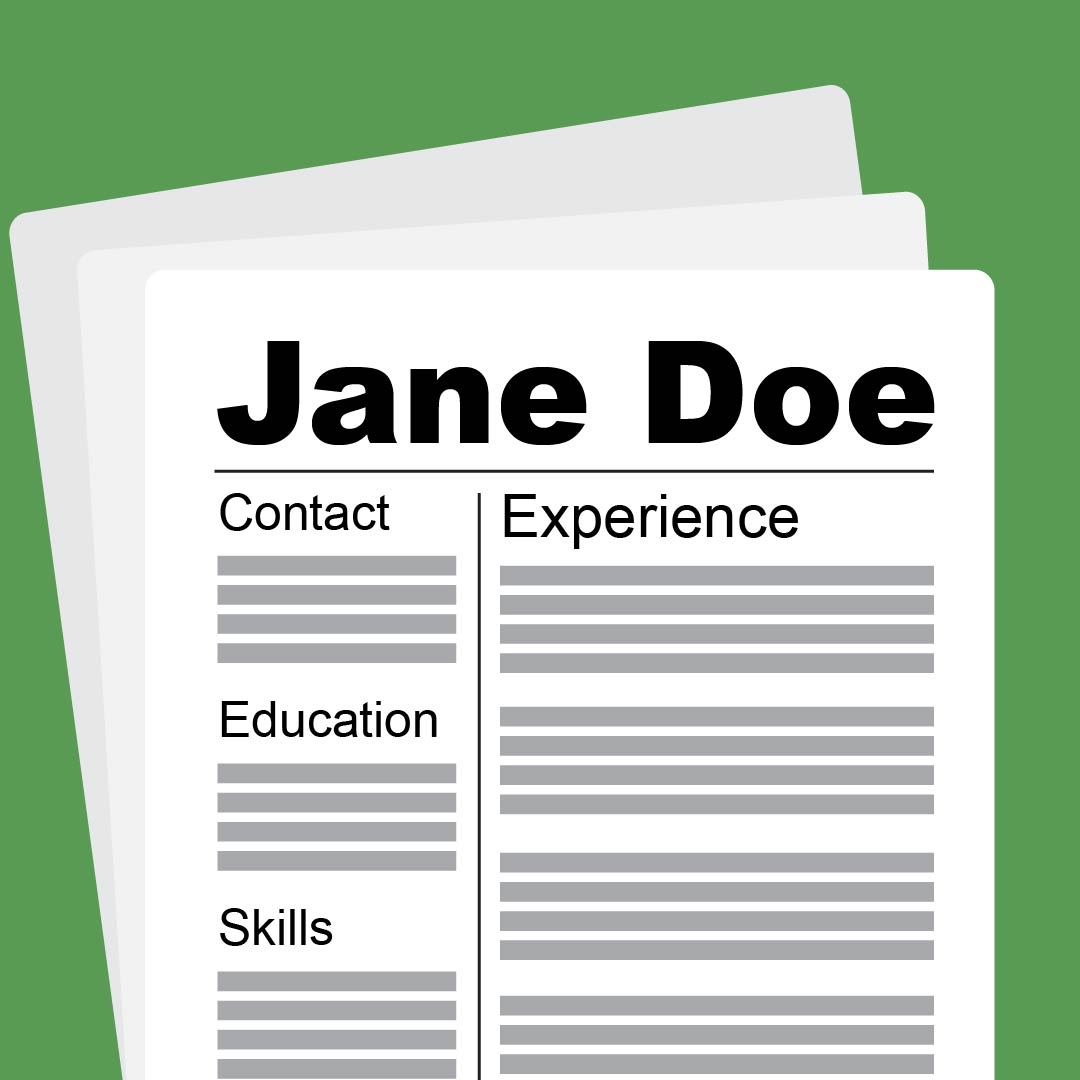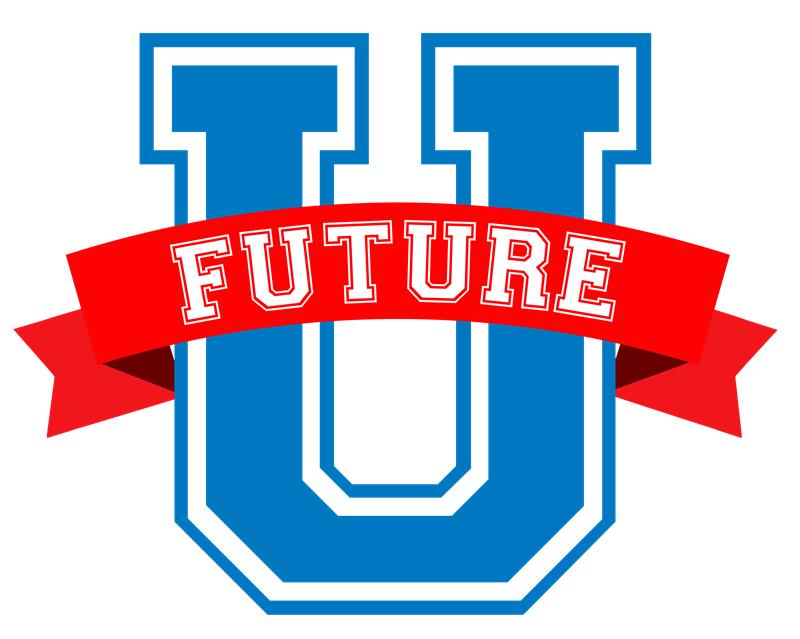Summary
This resource gives students real-world content knowledge and information needed to be successful when navigating the interview process. These activities will prepare students to make a good first impression and to answer interview questions, regardless of the desired goal (applying for a job or trying to get a scholarship). This is an informative and interactive way to practice before mock interviews or for an expo at your school.
Essential Questions
How can I prepare myself to be successful in a professional interview?
Snapshot
Engage Students will record observations while watching a video of a professional interview.
Explore Students will complete a card sort to classify statements regarding interviews as always, sometimes, or never true.
Explain Students will collaborate to compose responses to a unique interview scenario.
Extend Students will participate in a mock interview where they will model their responses to questions regarding their given scenario.
Evaluate Students will reflect on their learning using the Rose, Bud, and Thorn instructional strategy.
Materials List
I Notice, I Wonder handout
Always Sometimes Never Card Sort
Framing Answers Scenarios
Framing Answers Note Catcher
Presentation Slides
Rose, Bud, and Thorn handout
Thank You Note Guide
Learning Goals
Identify the structure/typical components of a professional interview
Practice asking and answering questions that showcase your qualifications
Engage
15 Minute(s)
Provide each student with one copy of the I Notice, I Wonder handout. Explain that as they watch a short video (on slide 3) of a professional job interview, they should use the I Notice, I Wonder strategy to take note of things they notice, writing them on the left-hand side of the handout. This might be about how the people in the video are dressed, the kinds of questions asked, or how the people in the video speak or carry themselves. In the column on the right-hand side of the paper, they should write down any questions they have. What does this video make them wonder about?
After the video has been played, have students compare their notes with an Elbow Partner. Did you notice similar or different things? What questions did your partner have? Then ask for partner groups to share with the whole class something from their notes. Each group should try to come up with something different to share than what has already been shared by partner groups before them.
Go over the essential questions for this lesson on slide 4 and the learning objectives on slide 5.
Explore
15 Minute(s)
Next, provide a set of cards to sort for each pair, using the Always Sometimes Never Card Sort handout. Partners should use the Card Sort strategy and the Always, Sometimes, or Never True strategy to sort the cards into the three provided columns based on whether they feel the statement on the card is always true, sometimes true, or never true regarding professional interviews (display instructions on slide 6). After sorting, partner groups should compare how their cards are sorted with a neighboring partner group. Ask them to discuss what they sorted differently and why they chose the answers they chose.
After sharing, hold a whole-class discussion. Go through each statement, provide the “correct” answer, and ask for student reasoning that matches your answer and student reasoning for those who disagree with your answer.
Explain
30 Minute(s)
Students can use the Jigsaw strategy for this activity. Put students into groups of three to five each and hand out a different scenario to each group. Also, ensure each student has their own copy of the Framing Answers Note Catcher. In groups, students will follow the steps on slide 7. They will discuss the scenario and how they would fill in each part of their note catcher as a group. When they reach a consensus on each part, then they should fill it in. Everyone must fill in their own note catcher, which will be used for the practice interview activity later in this lesson.
Have each group share their answers to their scenario so that the whole class can hear ideas on a variety of situations and so you can talk through each of the scenarios as a whole class.
(3 minutes individually, 5 minutes to talk as a group, then share out to whole class)
Extend
25 Minute(s)
For this activity, students will use the Think-Pair-Share strategy. Regroup students so that they are paired with someone from a different group and different scenario. Display slide 8 and have students take turns interviewing each other using the note catcher from the Framing Answers activity.
Evaluate
15 Minute(s)
After everyone has participated in practicing being interviewed, distribute the Rose, Bud, and Thorn handout, move to slide 9, and have students reflect using the Rose, Bud, and Thorn strategy.
Rose: What went well during the interview?
Bud: What did you learn while practicing the interview?
Thorn: What was the most challenging part of the interview?
Finally, distribute the Thank You Note Guide handout and have students write a thank you note to their practice interviewer using the checklist on slide 10 and the example note on slide 11.
Follow-Up Activities
Community Engagement: You could host a career expo or practice interview day with volunteer community members, such as professionals or alumni, to conduct practice interviews with students. This would provide the benefit of real-world feedback in a lower-stakes setting.
Research Rationale
Opportunities for high school students to engage with potential employers and professors can strongly influence students’ career aspirations and the formation of attainable goals, and build their confidence in how to move toward those goals on a particular career pathway (Mason et al., 2022; Kitchen et al., 2020). The more conversations students have with professionals in their career exploration journey from high school to graduating college, the higher their future earnings by age 26 (Kashefpakdel and Percy, 2017).
Resources
K20 Center. (n.d.). Always, sometimes, or never true. Strategies. https://learn.k20center.ou.edu/strategy/145
K20 Center. (n.d.). Card sort. Strategies. https://learn.k20center.ou.edu/strategy/147
K20 Center. (n.d.). Elbow partners. Strategies. https://learn.k20center.ou.edu/strategy/116
K20 Center. (n.d.). I notice, I wonder. Strategies. https://learn.k20center.ou.edu/strategy/180
K20 Center. (n.d.). Jigsaw. Strategies. https://learn.k20center.ou.edu/strategy/179
K20 Center. (n.d.). Rose, bud, and thorn. Strategies. https://learn.k20center.ou.edu/strategy/2224
K20 Center. (n.d.). Think-Pair-Share. Strategies. https://learn.k20center.ou.edu/strategy/139
Kashefpakdel, E. T., & Percy, C. (2017). Career education that works: An economic analysis using the British Cohort Study. Journal of Education and Work, 30(3), 217–234.
Kitchen, J. A., Sonnert, G., and Sadler, P. (2020). Campus visits: Impact of a college outreach strategy on student STEM aspirations. Journal of Student Affairs Research and Practice, 57(3), 266–81.
Mason, C. M., Burns, S. M., & Bester, E. A. (2022). Supporting students' employability through structured, event-based engagement with employers. Education+ Training, 64(5), 598–618.





